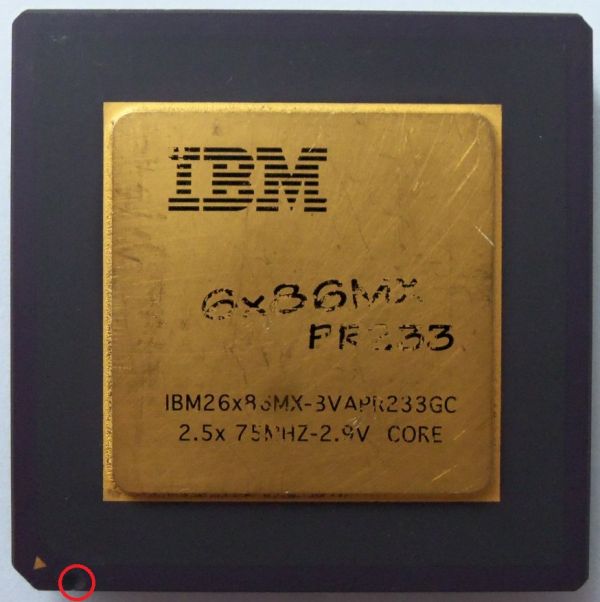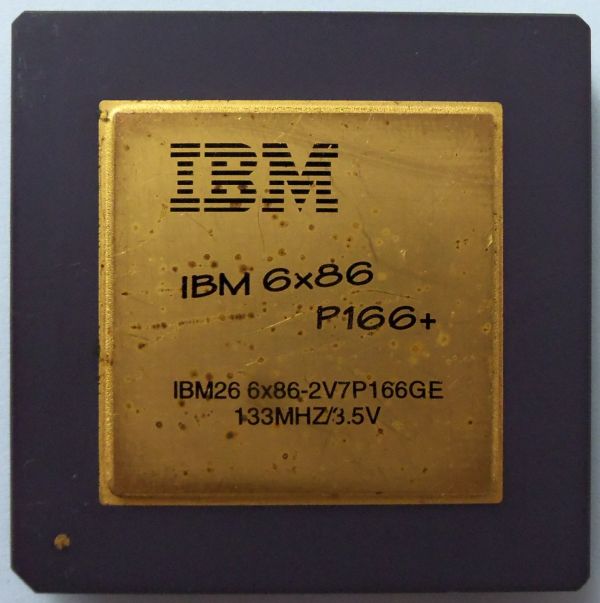Yesterday I bought locally a big lot of mixed retro and modern parts.
The retro-stars:
- A Creative 3D Blaster Banshee PCI: It's my first ever real 3DFX card, it's in good visual state and works, although sometimes at boot lacks primary green color but after a while it display correct colors 😕. Anyway, a nice card, and since it's PCI I don't have to worry about AGP notchs and voltages.
The attachment IMG_20170910_010204.jpg is no longer available
- A Trident TGA8900C ISA 1MB: My first ISA graphic card, only 25 years after it was made 🤣. Surprisingly it boots without a hitch in my Pentium III-S 1400 and works in win98. Obviously perfomance is nothing to write home about, but the fact that it boots and works is impressive enough.
The attachment IMG_20170910_010233.jpg is no longer available
Thre is also one of the infamous Alliance Semiconductor AT3D, but I don't dignify it wth a photo. It boots, but I'm not gonna bother with installing the drivers and benching it.
Another curious piece, this is not retro at all, but a text-book example of over engineering:
The attachment IMG_20170910_012427.jpg is no longer available
It's a PCIe 4x to 4 USB 3.0 card. The big chip is a PCIe switch that divides the 4x lane into four 1x lanes, each one connected to an individual USB chip (the 4 small ones on the left) that powers one USB port each (the chips are dual port). In theory this configuration allows for full bandwdth simultaneously for each port, in real life it only serves to overcomplicate the card and make it much more expensive (130$ when new, 3-4 times the cost of a conventional 4 port card).


